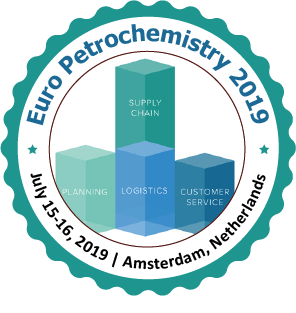
Yanhui Yi
Dalian University of Technology, China
Title: Conversion of CH4 into Value-added Chemicals by Plasma-Catalysis
Biography
Biography: Yanhui Yi
Abstract
Methane (CH4), the main component of natural gas and shale gas, has a large reservation and wide distribution in the world, and thus it has been considered as an alternative energy source for oil. However, due to high stability (439 kJ/mol C-H bond energy), negligible electron affinity and low polarizability of CH4 molecule, catalytic conversion of CH4 into value-added chemicals is considered the “holy grail” of catalytic chemistry, and thus effective utilization of CH4 has attracted much attention. Herein, we report a CH4/NH3 plasma reaction promoted by Pt and Cu catalysts for synthesis of hydrocyanic acid (HCN) at low temperature (400 oC). HCN, an important chemical in organic chemistry, is widely used in pesticide, medicine, metallurgy, fuel and polymer, but it is currently produced through Andruddow process (1000-1100 oC, Pt-Rh alloy gauze catalyst), the reaction of CH4, NH3, and O2, or BMA process (1300 oC, Pt mesh catalyst), the reaction of CH4 and NH3 at atmospheric pressure. That is, the plasma catalysis technology has dramatically lowered the reaction temperature for HCN synthesis. We also report a CH4/O2 plasma reaction promoted by Ni/Al2O3 catalysts for production of CH3OH. Under the conditions of 85℃, 2:1 CH4/O2 molar ratio, 0.393 s residence time and 30 W discharge power, 66.6 % methanol selectivity is achieved with 6.4 % methane conversion. The Ni/Al2O3 catalysts were characterized by TPR, XRD, XPS and HRTEM, and the results show that the production of CH3OH is mainly attributed to the highly dispersed NiO phase which has a strong interaction with Al2O3 support. In addition, 0D modelling (ZD-Plaskin) results show that CH3OH is mainly produced through the radical reactions CH4 + O(1D) → CH3O + H,CH3O + H → CH3OH and CH3O + HCO → CH3OH + CO.

